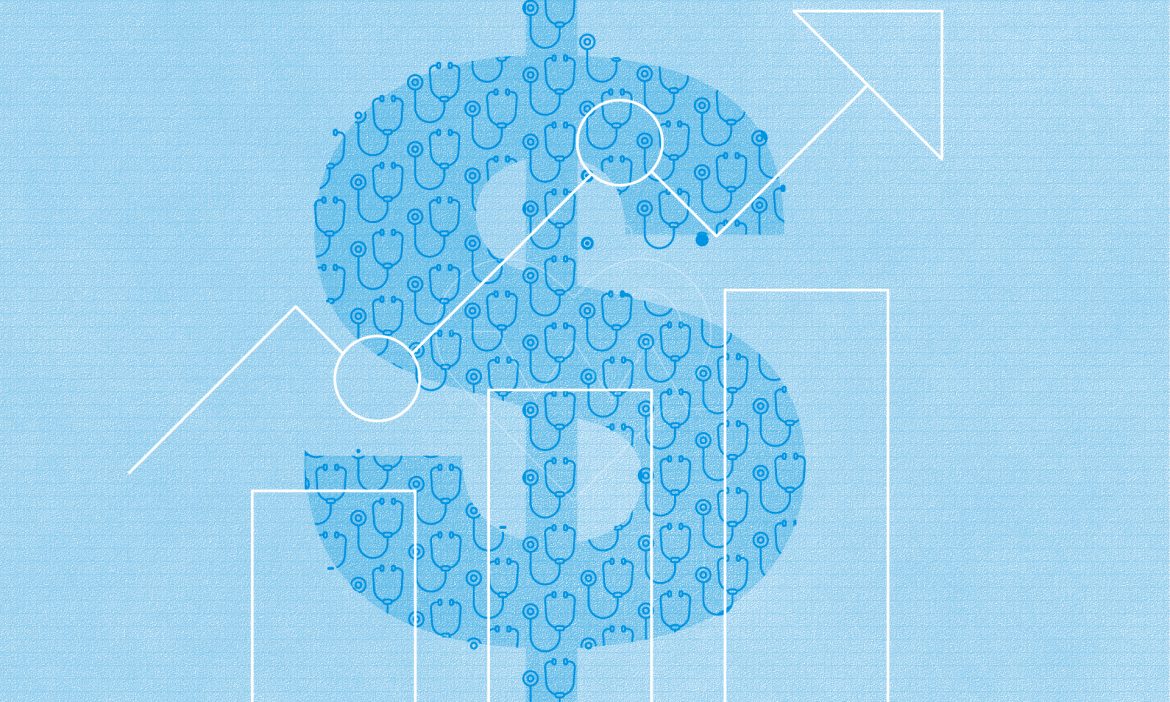Key Takeaways
- In 2016, we paid $13.9 billion for health care services on behalf of our 3.4 million members.
- 60% of our medical costs were driven by the 25% of members who have cancer or one of five chronic health conditions.
- Our annual pharmacy costs were 81 percent higher in 2016 than in 2013.
Originally published in The Tennessean, May 2017
Health insurance, first and foremost, provides peace of mind.
Everyone who has coverage chips in to help protect each another when we need it most.
Since many of us don’t have to use our coverage on a regular basis, it’s not uncommon — or unfair — to wonder, “where are my health care dollars going?”
BlueCross BlueShield of Tennessee is in a unique position to help answer that question.
In 2016, we paid $13.9 billion for health care services on behalf of our 3.4 million members, which averages out to more than $55 million per working day. If that’s staggering, consider this: we paid out 8.4 percent more in 2016 than we did in 2015, which wasn’t an unusual increase.
One of the largest cost drivers is prescription drugs, and this is also the category with the largest increases.
Our annual pharmacy costs were 81 percent higher in 2016 than in 2013.
Among members with commercial coverage, just five categories account for about half of the medical costs:
- Orthopedics and rheumatology – 16%
- Cardiology – 11%
- Gastroenterology – 9%
- Endocrinology – 8%
- Neurology – 6%
Cancers are included within each of those categories, but on its own, cancer accounts for around 10 percent of medical costs.
Last year we paid around $684 million for orthopedics and rheumatology services, which can include anything from a broken finger to spinal fusion, for our commercial members.
This also represents an area that has seen significant growth in recent years, as more residents are living longer – and staying more active.
Since 2014, we’ve seen an 8 percent increase in hip and knee replacement surgeries, which can cost from $7,000 to $40,000 thousand per “episode of care,” or the full series of services related to the surgery.
We see high-cost claims, defined as anything costing $50,000 or more, across a variety of medical categories.
- A transplant can run from $130,000 to $400,000.
- A cardiac or stroke case can cost between $90,000 and $300,000.
- And the claims for a member with a significant trauma can easily reach $200,000.
What may be surprising, though, is that these high-cost claims don’t actually make up the majority of our spending.
In 2016, 60 percent of our medical costs were driven by the 25 percent of members who have cancer or one of these five chronic health conditions: diabetes, cardiovascular disease, asthma, chronic obstructive pulmonary disease or congestive heart failure.
On an individual basis, these conditions don’t seem all that costly. A member with congestive heart failure whose condition is well managed typically has $3,500 to $4,000 in claims for an episode of care. The total care needs for a member with CHF average $22,000 per year.
But when you consider the number of members with these conditions, the volume quickly adds up. Many members have multiple chronic conditions, which exponentially increases the costs for helping manage their health care needs over time.
As we explore the factors behind rising costs, it’s also fair to ask, “What is BlueCross doing about them?”
First, we negotiate discounts with providers on behalf of our members. And we’re working to shift the payment model and incentives altogether, with the goal of rewarding better health outcomes.
We’re also working to make sure our members — especially those with chronic conditions — get the preventive and maintenance care they need. That starts with data-driven outreach, but also includes one-to-one contact by the hundreds of nurses we employ.
Understanding the state of health care costs is just the beginning; we want to work with our partners to help control them and promote affordability.


 Sherri oversees enterprise information assets and is responsible for establishing a corporate-wide data and analytics strategy that drives a competitive advantage for the organization.
Sherri oversees enterprise information assets and is responsible for establishing a corporate-wide data and analytics strategy that drives a competitive advantage for the organization.